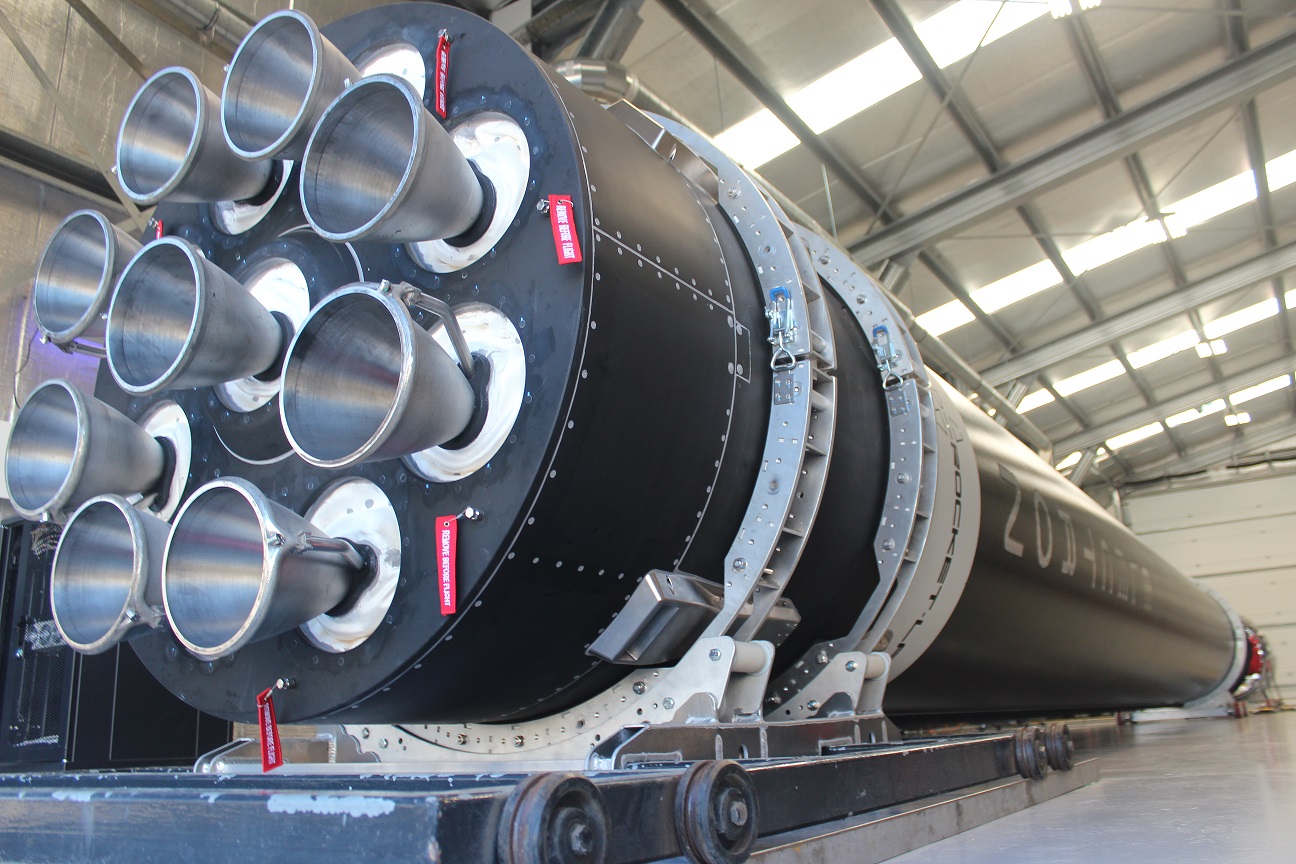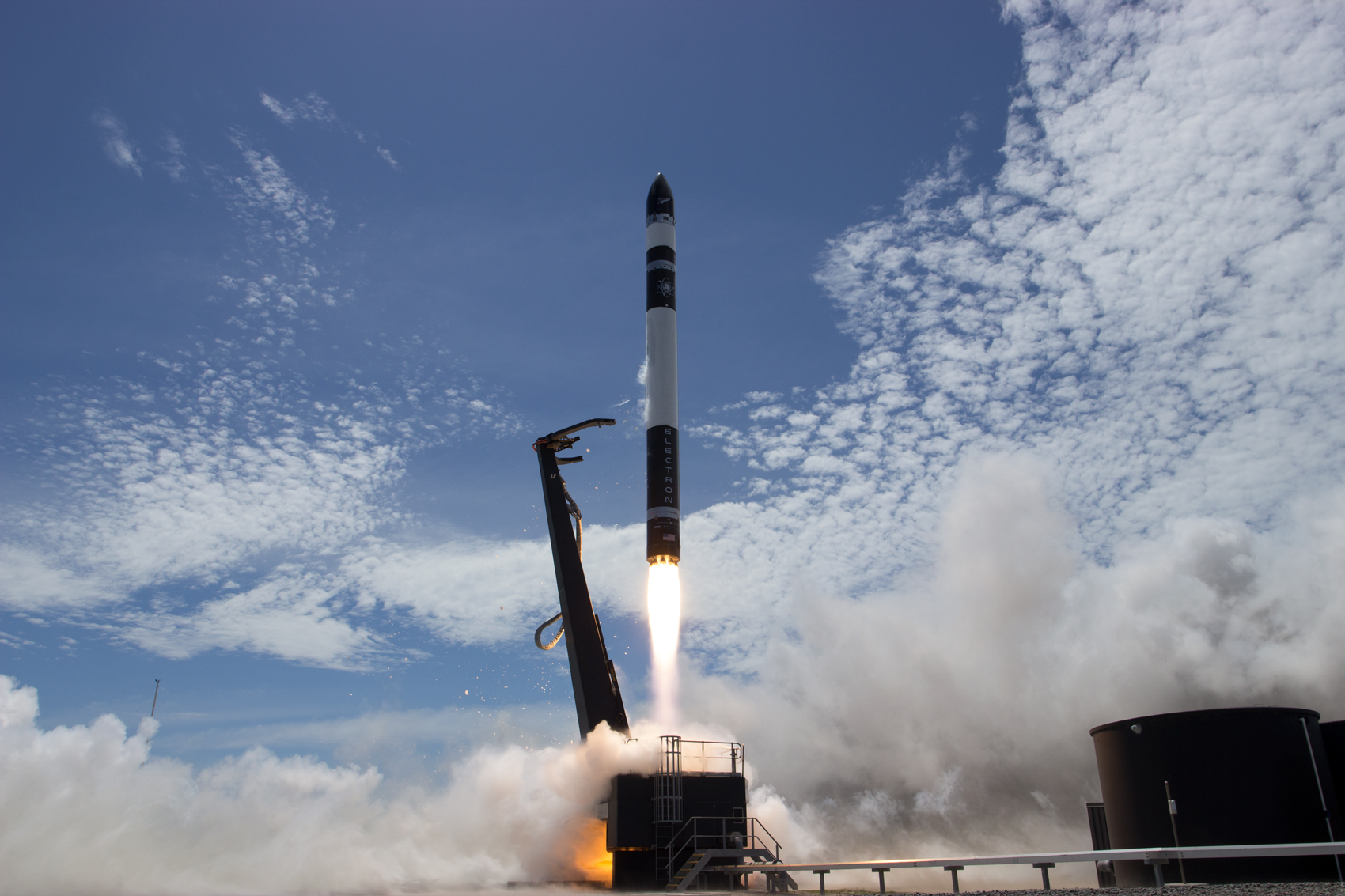This past weekend (June 5th), the California and New Zealand-based aerospace company Rocket Lab suffered a terrible accident. During the 13th launch of their Electron rocket, an anomaly caused the second stage of the rocket to explode in midair. Luckily, there were no injuries, but the explosion did claim the mission payload, which consisted of satellites and commercial payloads for three different companies.
While the company hasn’t issued any additional details, they have confirmed that the cause of the failure occurred approximately four minutes into the flight. Everything appeared to be going well for the 13th launch of the Electron, known as the “Pics Or It Didn’t Happen” mission. The Electron conducted a successful first stage burn that was well within the launch corridor, followed by second stage separation and ignition.
The second stage managed to reach an altitude of almost 200 km (125 mi) before an unspecified anomaly caused it to explode. In the process, the commercial payloads of three companies were lost – including the multinational geospatial imaging company Planet, the British aerospace company In-Space Missions, and the multinational company Canon Electronics.
Rocket Lab Founder and CEO Peter Beck shared his condolences to the commercial partners in a company press release:
“We are deeply sorry to our customers Spaceflight Inc., Canon Electronics Inc., Planet, and In-Space Missions for the loss of their payloads. We know many people poured their hearts and souls into those spacecraft. Today’s anomaly is a reminder that space launch can be unforgiving, but we will identify the issue, rectify it, and be safely back on the pad as soon as possible. The launch team operated with professionalism and expertise to implement systems and procedures that ensured the anomaly was managed safely. I’m proud of the way they have responded to a tough day. We’re working together as a team to comb through the data, learn from today, and prepare for our next mission.”
As with many of Rocket Lab’s launches to date, “Pics Or It Didn’t Happen” was a rideshare mission, where multiple contractors send packages to space aboard a single rocket. The primary payload for this mission was Canon’s CE-SAT-IB microsatellite, which would have been sent to orbit to validate its Earth-imaging capabilities and test whether or not it could be mass-produced.
The other payloads consisted of 5 next-generation SuperDove satellites produced by Planet, which operates the largest constellation of Earth-observation satellites in the world. There was also the 6U CubeSat that In-Space Missions was sending to space as part of their Faraday-1 mission, which hosted a number of experiments contributed by the company’s commercial partners.

In their statement regarding the accident, Rocket Lab indicated that it is “working closely with the FAA to investigate the anomaly and identify its root cause to correct the issue to move forward.” Beck also took to Twitter to express his regrets, as well as a promise that the cause of the failure would be found and corrected.
“We lost the flight late into the mission. I am incredibly sorry that we failed to deliver our customers satellites today,” he tweeted. “Rest assured we will find the issue, correct it and be back on the pad soon.”
In-Space Missions responded to the tweet in kind, stating, “The In-Space team is absolutely gutted by this news. Two years of hard work from an incredibly committed group of brilliant engineers up in smoke. It really was a very cool little spacecraft.” However, they too reassured customers and the public that they would be moving forward with their Faraday program.
This accident was most unfortunate for many reasons, not the least of which is the fact that it would have demonstrated Rocket Lab’s rapid launch capability. With a July 4th launch, “Pics Or It Didn’t Happen” would have sent payloads to orbit just three weeks after the company’s previous launch. This mission was “Don’t Stop Me Now,” which took off from the Launch Complex 1 (LC-1), located on the Mahia Peninsula in southern New Zealand.
Also a rideshare mission, “Don’t Stop Me Now” sent several small satellites to orbit, including one built by engineering students and professors at Boston University. This was the Ad-Hoc Network Demonstration for Extended Satellite-Based Inquiry and Other Team Endeavors (ANDESITE), which launched as part of NASA’s CubeSat Launch Initiative (CSLI) to conduct scientific studies of Earth’s magnetic field.
The mission also deployed three satellites for the National Reconnaissance Office (NRO). This was the second time the government agency (which provides satellite reconnaissance for US intelligence agencies) had contracted with Rocket Lab to provide launch services. To top it all off, the “Don’t Stop Me Now” mission was the 11th consecutive successful launch for the company using the Electron rocket.
This accident is also a break in that record, in addition to a loss. However, Rocket Lab assured the public that the explosion will not be slowing them down. The company states it currently has eight Electron vehicles in production and is “ready for a rapid return to flight as soon as investigations are complete and any required corrective actions are in place.”
Further Reading: Rocket Lab USA

